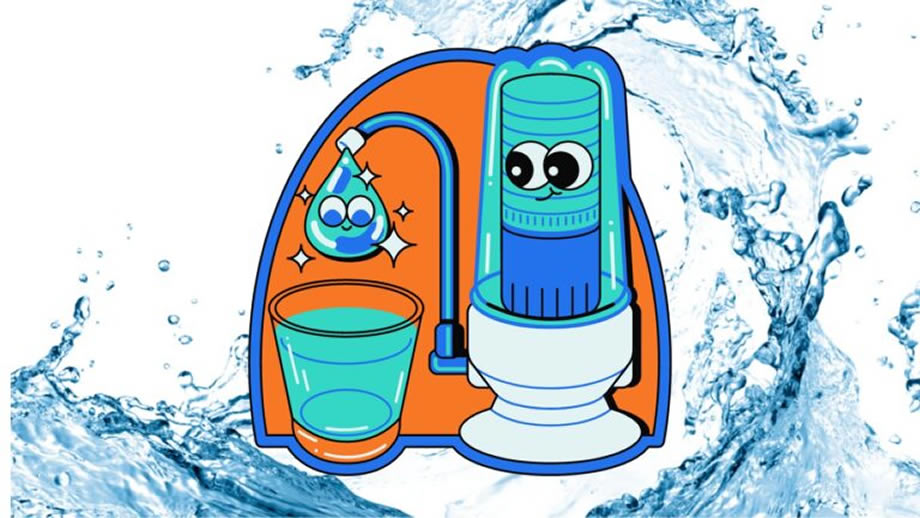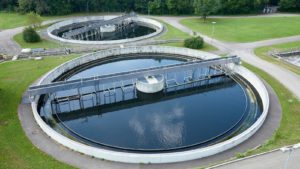Why Are There Three Types of Filtration?

What is Ultrafiltration?
What is Nanofilteration?
What is Reverse Osmosis?
Reverse osmosis uses a semi-permeable membrane to filter molecules, large particles, microorganisms and sediments from drinking water. To understand reverse osmosis, it is helpful to consider what osmosis amounts to. Osmosis refers to a process whereby water is passed via the membrane from a less concentrated solution to a more concentrated one. Hence, pure water is passed through contaminated water to equalise the concentrations. This does not make water suitable for drinking. Thus, in reverse osmosis, pressure is applied to overcome the osmotic pressure, pushing the water from a high concentration of contaminants to a low concentration of contaminants. This forces the contaminated water trying to move into the pure water to pass through a filter, thereby removing all contaminants as water passes through. Reverse osmosis is regarded as one of the most extensive filtration methods because it has the smallest pore size. As noted above, however, this does not make it the most preferred at all times. While some may consider ultrafiltration to be better because it retains beneficial minerals which reverse osmosis would typically remove, others would note that this is a drawback. In this respect, those that want particles, including dissolved substances, to be removed from water would prefer reverse osmosis as the best filtration process for them.







